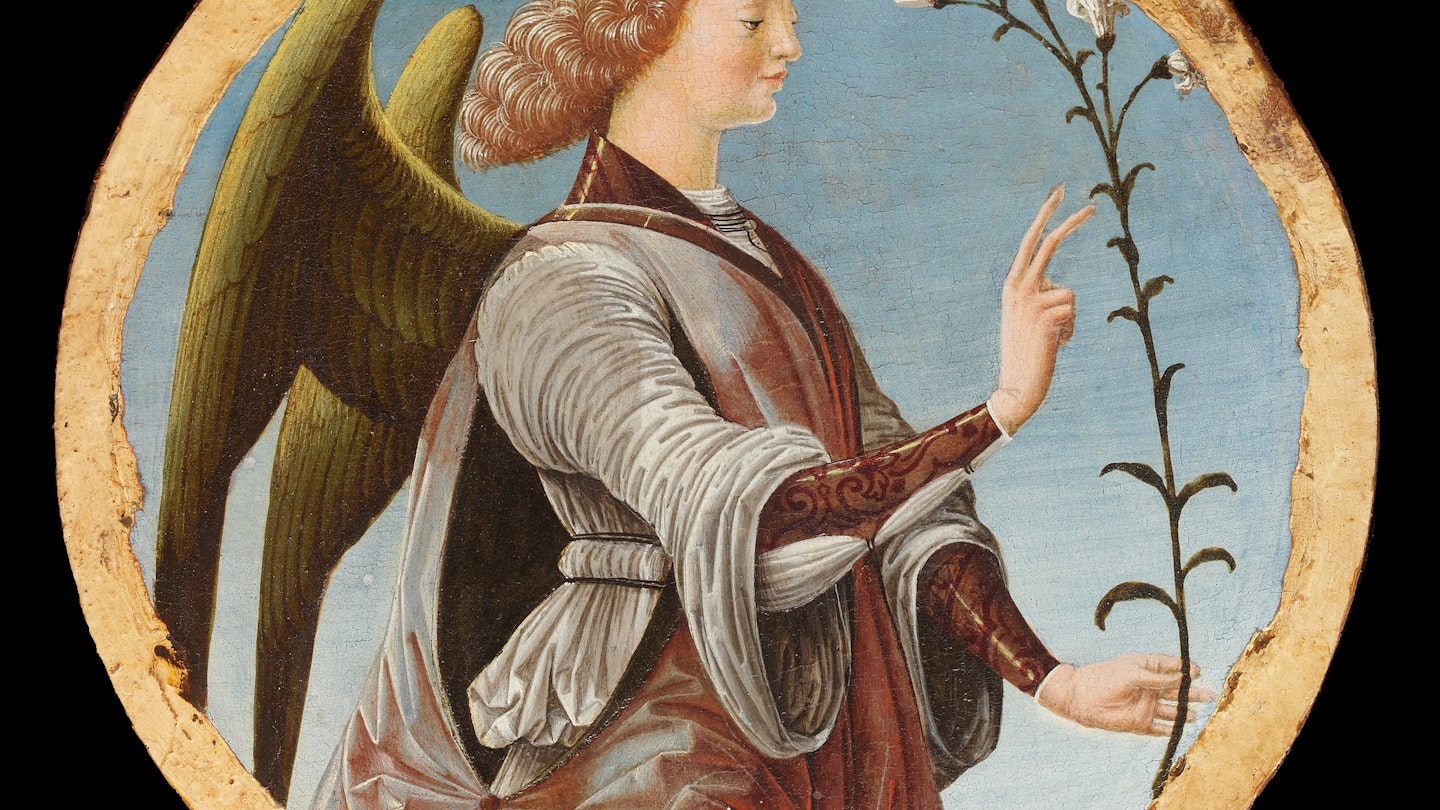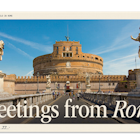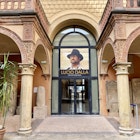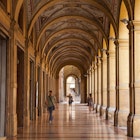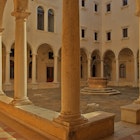In what can only be described as a homecoming of biblical proportions, a 550-year-old Italian Renaissance masterpiece – dismantled and scattered throughout Europe in the 18th century – will return to its hometown of Bologna for the first time in 300 years in March.
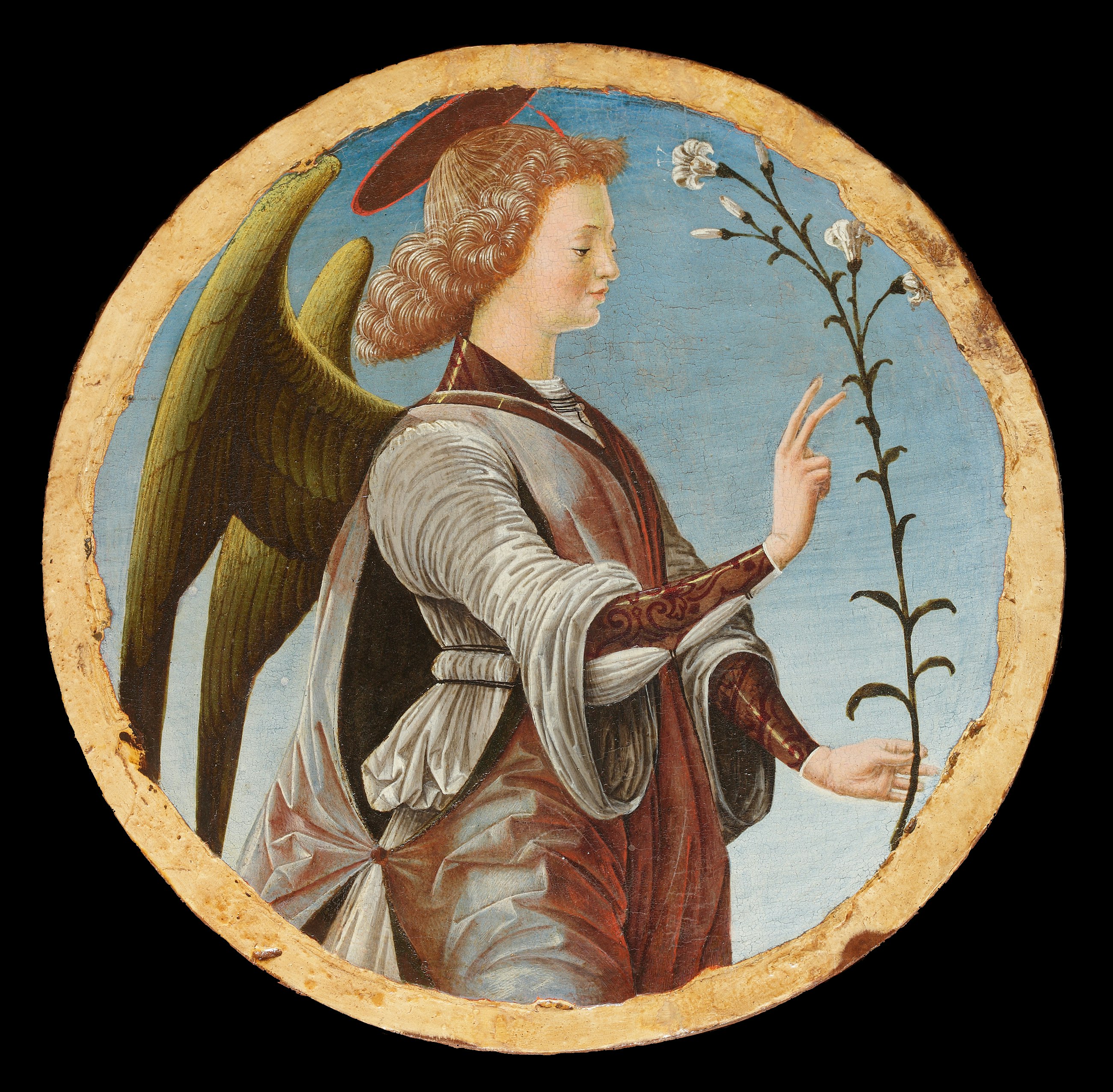
From 12 March to 28 June 2020, Francesco del Cossa and Ercole de ‘Roberti's Polittico Griffoni, a 25-panel polyptych originally commissioned for a family chapel in Bologna's main cathedral in the 15th century, will be displayed as part of "La Riscoperta di un Capolavoro" ("The Revealed Masterpiece") under the stunning coiffured ceilings at Palazzo Fava, a Renaissance architectural masterpiece in and of itself and Bologna's premiere venue for temporary blockbuster art exhibitions.
The Polittico Griffoni's return to the Emilia-Romagna capital was an epic, multi-century journey worthy of a Dan Brown novel. Commissioned between 1470 and 1472, the polyptych marked the beginning of del Cossa's collaboration with the younger Ercole de ’Roberti, one of Italy's the most remarkable artistic Renaissance partnerships; and one that would go on to have very important repercussions on the development of Italian art.

But the artwork was dismantled and dispersed to the country house of the chapel's new owners in 1775, eventually finding their way to a bevy of international museums via European antique markets. While nine panels of the original altarpiece remain vanished without a trace (along with any historical record of their imagery), 16 have come home thanks to loans from the National Gallery in London, Milan's Pinacoteca di Brera, the Louvre, the National Gallery of Art in Washington, D.C., the Vatican Museums, Rotterdam's Museum Boijmans Van Beuningen and the Vittorio Cini Collection in Venice, among others.
"The project took almost three years of work involving at least 100 people, from museum directors, curators and restorers to technical staff like architects, conveyors and stagers," says exhibition curator Mauro Natale. "No doubt there have been difficulties, deriving from the fact that the institutions that preserve the most important pieces, such as the National Galleries of London and Washington, D.C, adopt extremely restrictive and very demanding lending policies. Imagine: The American and London paintings had never left the museums in which they are usually kept!"
Read more: Cuisine, cars and culture: nine reasons to visit Emilia-Romagna
The idea of reuniting the original masterpiece was hatched over 100 years ago by Lombardian art historian Gustavo Frizzoni and carried on in the early 20th century by fellow historian and curator Roberto Longhi in his renowned book Officina Ferrarese (1934). To say the return to Bologna of one of the greatest masterpieces of the early Italian Renaissance is a long time coming is a palpable understatement, and curators hope the exhibition will spark a treasure hunt for the missing nine panels.

“The Polittico Griffoni is somehow a 'figurative mosaic,' and this corresponds to the destiny of the dispersion of its various parts," says Natale. "It would be really extraordinary if the show was to trigger a sort of race in search of the missing elements."

